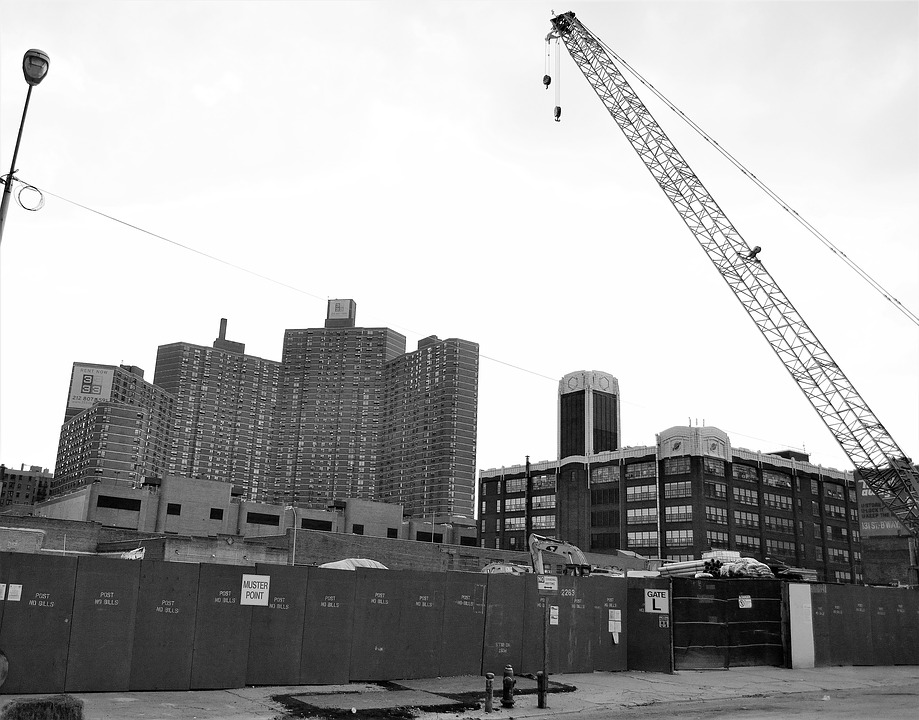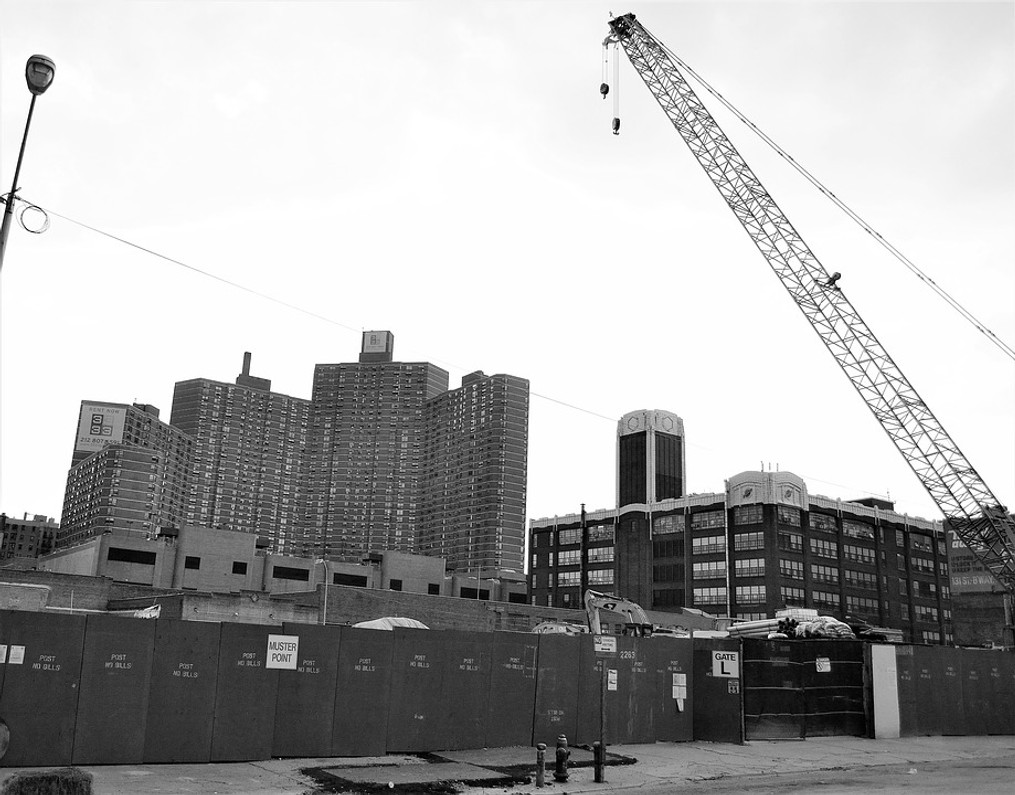5 Tips to Create a Safe Workplace

Each year, millions of workers are injured on the job. Some of these injuries are minor, while others are more serious or even life-threatening. While there's no way to completely avoid all instances of work-related injury, there steps that employers can take to reduce workers' risk.
#1) Fall Protection
You might be surprised to learn that fall protection is the most commonly cited safety standard in the workplace. Statistics show that 15% of all accidental deaths are attributed to slips, trips and falls. The Centers for Disease Control and Prevention (CDC) further states that 20% to 30% of individuals who experience a fall will sustain a moderate-to-severe injury. Employers can reduce the risk of fall-related injuries by keeping floors clean and free of obstruction, as well as providing workers with fall protection systems when working on elevated surfaces.
#2) Offer Personal Protective Equipment
Personal protective equipment (PPE) isn't something that employers should overlook. The Occupational Safety and Health Administration (OSHA) actually requires employers to provide workers with the appropriate PPE for their respective job. So, make sure workers are given the right PPE; otherwise, an injury-causing accident may occur.
#3) Encourage Reporting
Workers should be encouraged to report safety hazards and injuries. When a safety hazard goes unaddressed, it can jeopardize the safety of other workers. And when injuries go unreported, neither the employer nor OSHA can make the necessary changes to prevent future injuries of the same nature from occurring. The bottom line is that workers should be encouraged to report all safety hazards and injuries to their employer.
#4) Identify Fire Hazards
While not applicable to all workplaces, many workplaces are a variety of fire hazards. It's not uncommon for manufacturing facilities, for instance, to house flammable materials and chemicals. OSHA's Hazardous Materials Standard governs the way in which these hazards are handled. The standard, for instance, requires employers to store combustible waste in metal receptacles that are disposed of daily.
#5) Beware of Fatigue
When you think of safety hazards in the workplace, fatigue probably isn't at the top of your lift. Nonetheless, it's a serious risk that employers and workers must address. According to OSHA's own findings, accident rates are 18% higher during evening shifts and 30% higher during night shifts when compared to day shifts, presumably because workers experience fatigue during these hours. To reduce the risk of injury, employers should rotate workers' scheduled so they aren't forced to work long night shifts.
Recent Posts
-
Fire Safety in the Workplace: What You Need to Know
What steps are you taking to prevent fires in your workplace? According to the U.S. Occupational Saf …Aug 23rd 2023 -
Is It Safe to Go Jogging With a Cold Infection?
If you're suffering from a cold infection, you might be wondering whether it's safe to go jogging. T …Aug 22nd 2023 -
5 Safety Tips to Follow When Using a Powder-Actuated Tool
Powder-actuated tools are commonly used to join materials to steel and concrete. Also known as Hilti …Aug 20th 2023




